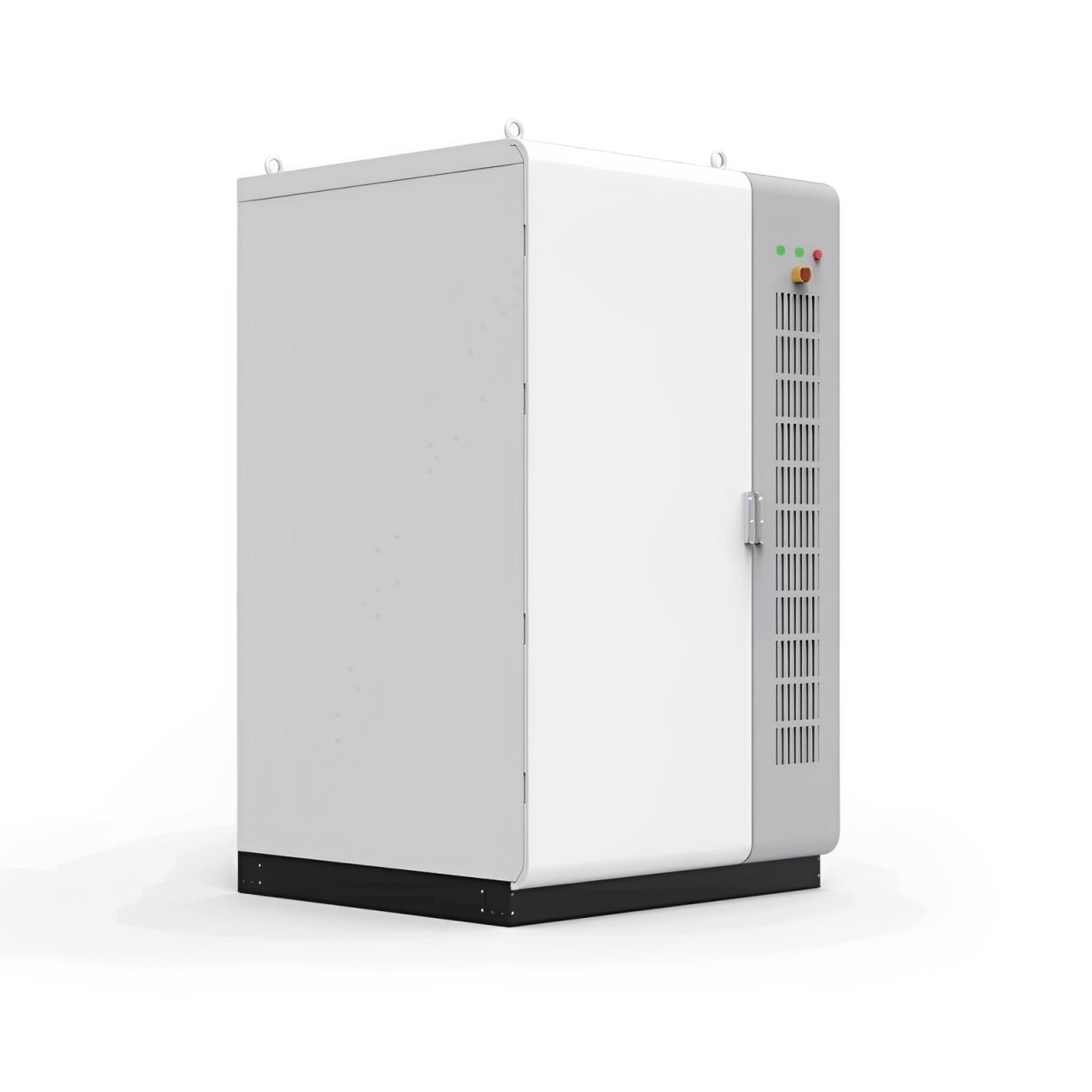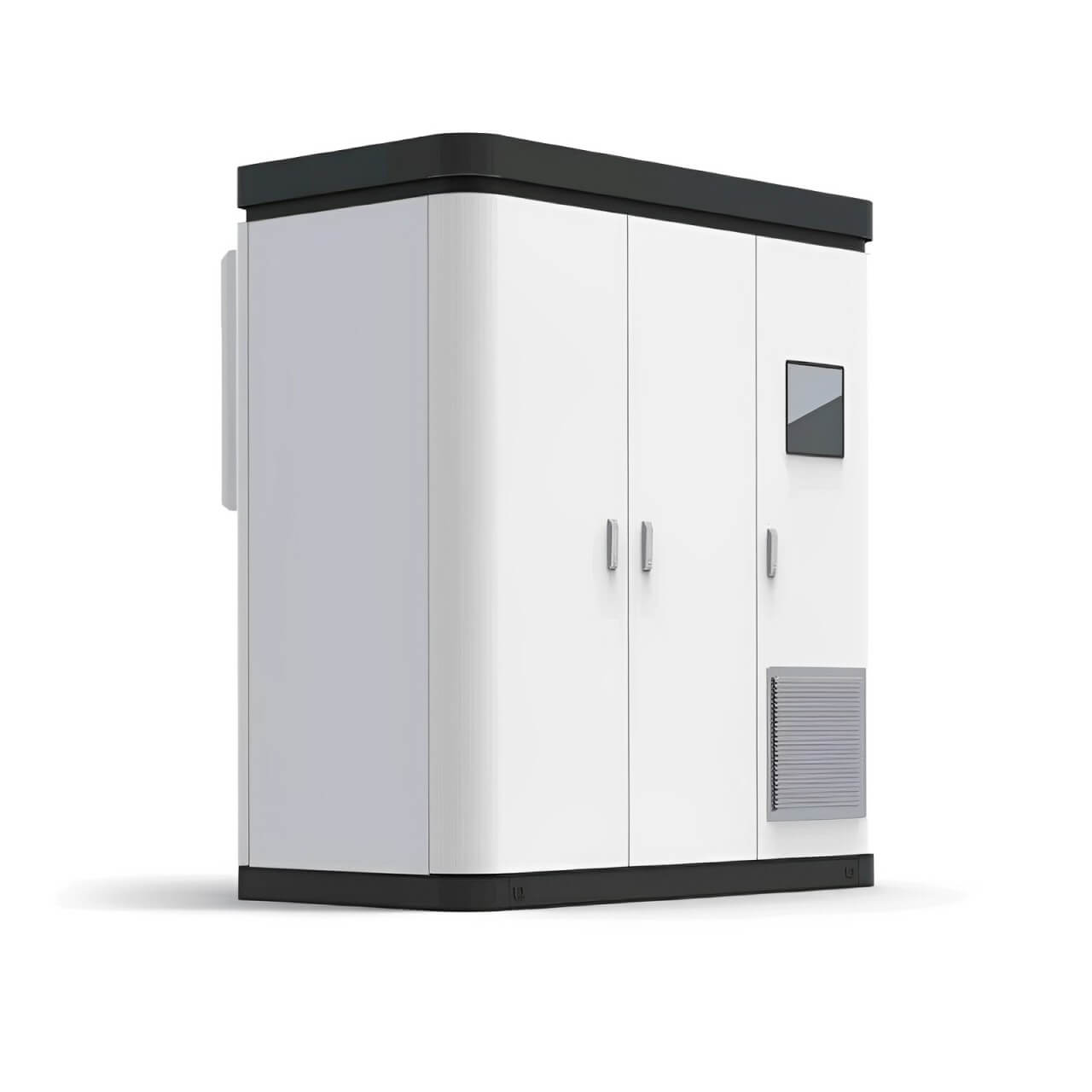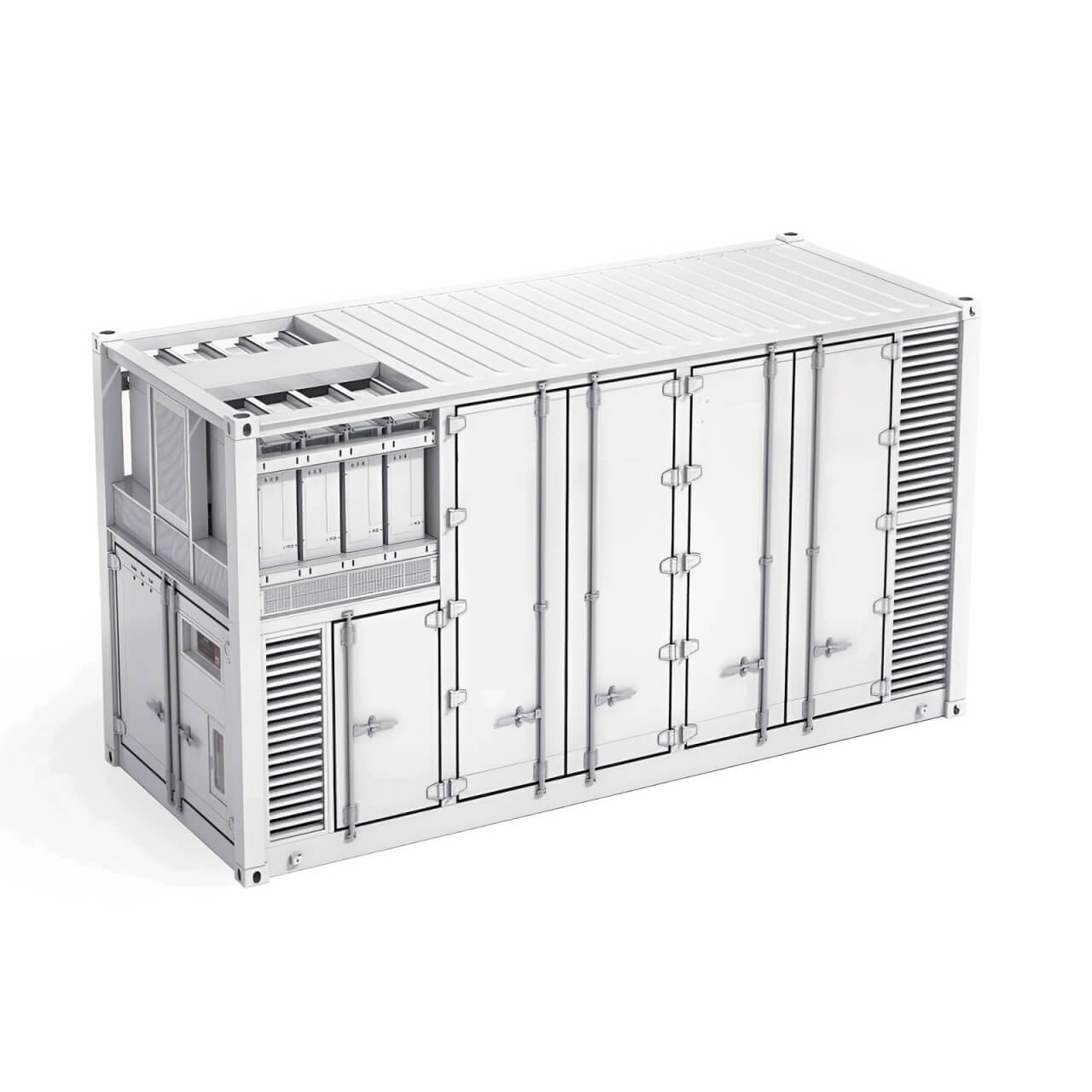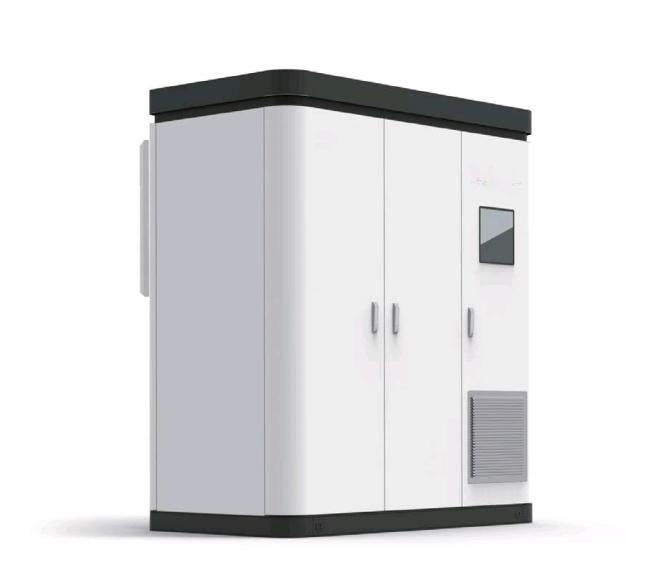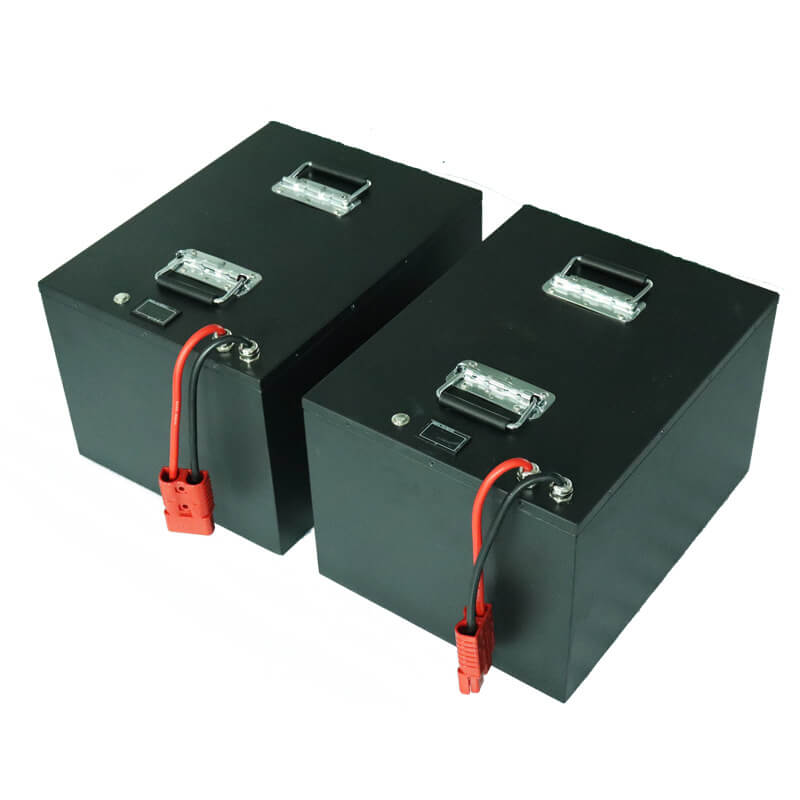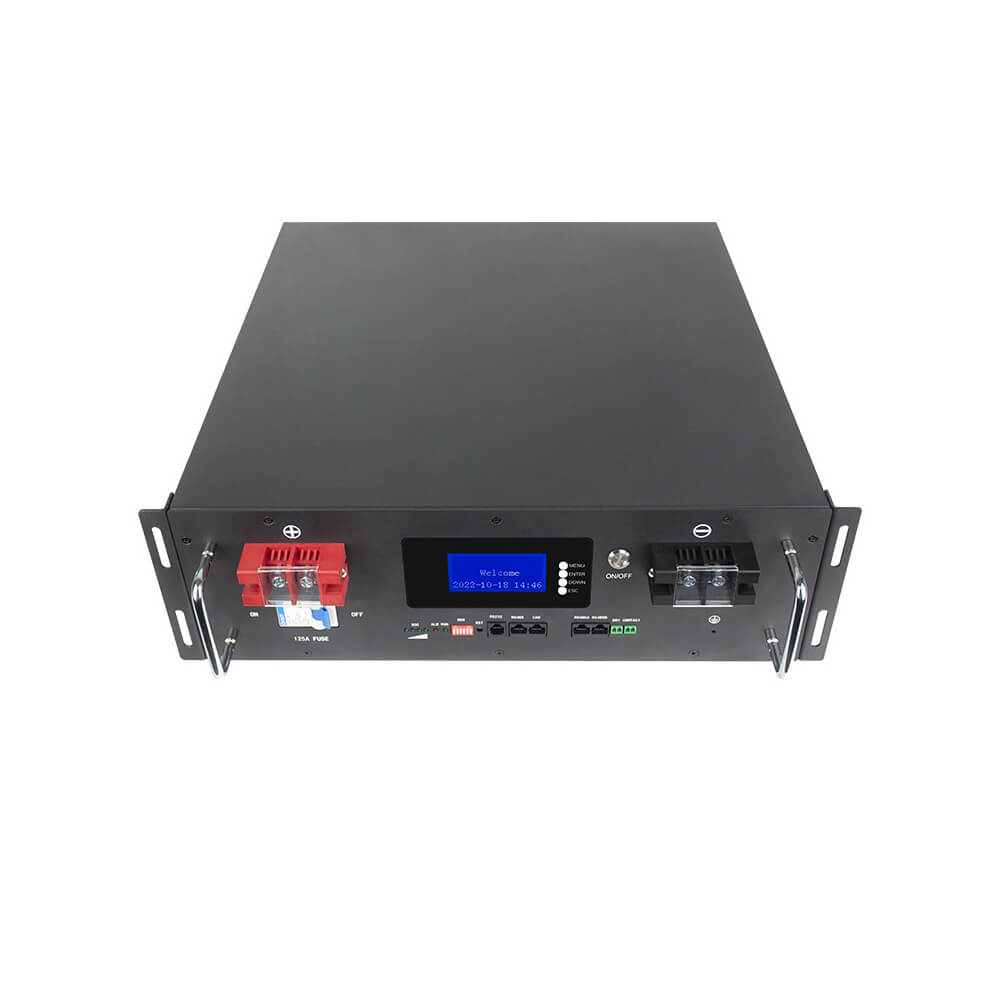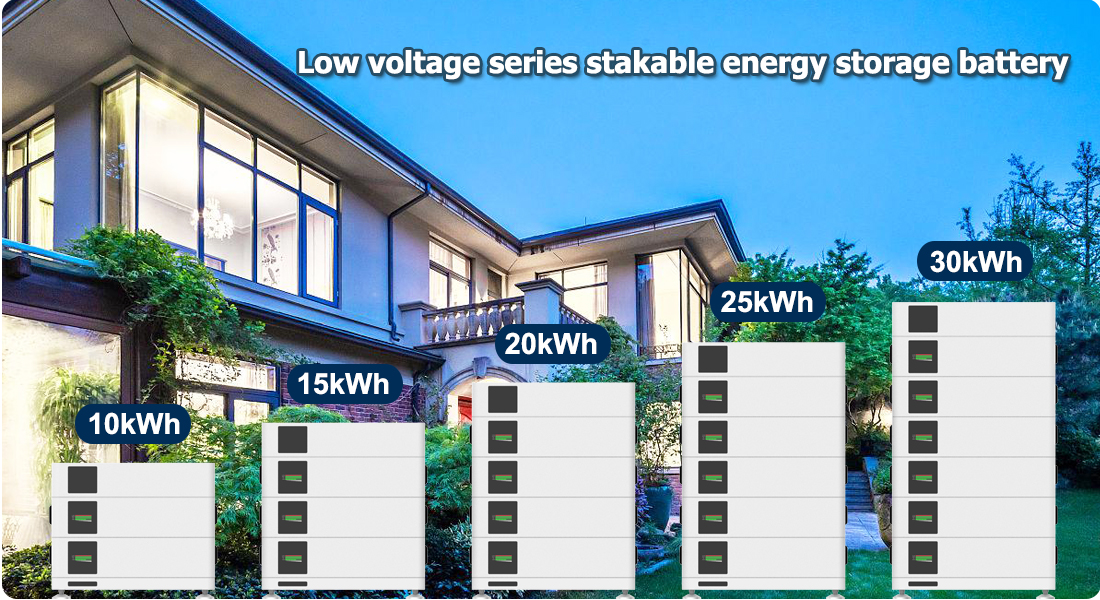Detailed explanation of the working principle of the energy storage battery system!
Battery energy storage system, as an important part of modern power technology, has become an indispensable part of our lives. From mobile phones, laptops to electric vehicles, grid energy storage, the application of batteries is everywhere. So, how does the battery energy storage system work? Our CSIT energy storage battery system provides you with an in-depth analysis of the principle of the battery energy storage system.
1. Basic composition of batteries
The central components of the battery include positive electrode, negative electrode, electrolyte and diaphragm. The positive and negative electrodes are the main parts of the battery that store electrical energy, usually composed of active substances and conductive materials. The electrolyte is the ion transmission medium between the positive and negative electrodes, while the diaphragm prevents the positive and negative electrodes from directly contacting each other and causing a short circuit, while allowing ions to pass through.
2. Working principle of the battery
The working principle of the battery mainly depends on chemical reactions. During the charging process, the active material of the positive electrode releases electrons, and the electrons flow to the negative electrode through the external circuit. At the same time, the ions released by the positive electrode migrate to the negative electrode through the electrolyte. During the discharge process, these ions and electrons flow in opposite directions, thereby releasing the stored electrical energy. This chemical reaction is reversible, so the battery can be charged and discharged repeatedly.
3. Composition of battery energy storage system
The battery energy storage system includes the battery itself, as well as the battery management system (BMS), power conversion system (PCS) and thermal management system. BMS is responsible for monitoring the status of the battery to ensure the safe and efficient operation of the battery; PCS converts the DC power output by the battery into AC power for use by external devices; the thermal management system is responsible for maintaining the battery within a suitable operating temperature range.
4. Application of battery energy storage system
With the continuous development of technology, the application of battery energy storage system is becoming more and more common. In the power system, large-scale battery energy storage system can realize functions such as peak shaving and valley filling, frequency regulation and voltage regulation, and improve the stability and economy of the power grid. In the field of transportation, the popularization of electric vehicles is inseparable from high-performance battery energy storage systems. In addition, home energy storage, industrial energy storage and other fields are also important application areas of battery energy storage systems.
5. Challenges and prospects of battery energy storage system
Although battery energy storage systems have made progress, they still face many challenges. For example, improving the energy density and power density of batteries, reducing costs, and improving safety and life are all hot topics in current research. In addition, the recycling and treatment of waste batteries is also an urgent problem to be solved.
Looking ahead, with the continuous emergence of new materials and technologies, we have reason to believe that the performance of battery energy storage systems will be further improved and the cost will continue to decrease. At the same time, with the rapid development of smart grids, renewable energy and other fields, battery energy storage systems will play an increasingly important role in the future energy system.
As an efficient and flexible energy storage method, battery energy storage systems are gradually changing our lives and society. By deeply understanding its principles and applications, we can better grasp the development direction and market opportunities of this technology and contribute to building a cleaner, more efficient and sustainable energy system.

 简体中文
简体中文 Russian
Russian French
French German
German Japanese
Japanese Korean
Korean Arabic
Arabic Spanish
Spanish